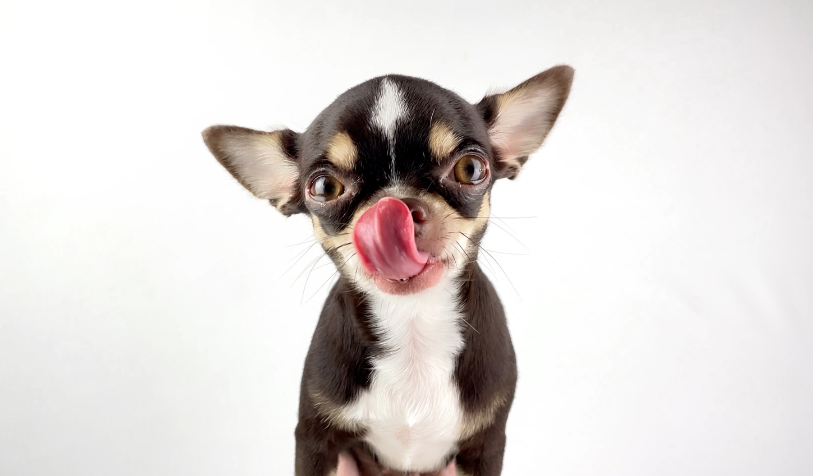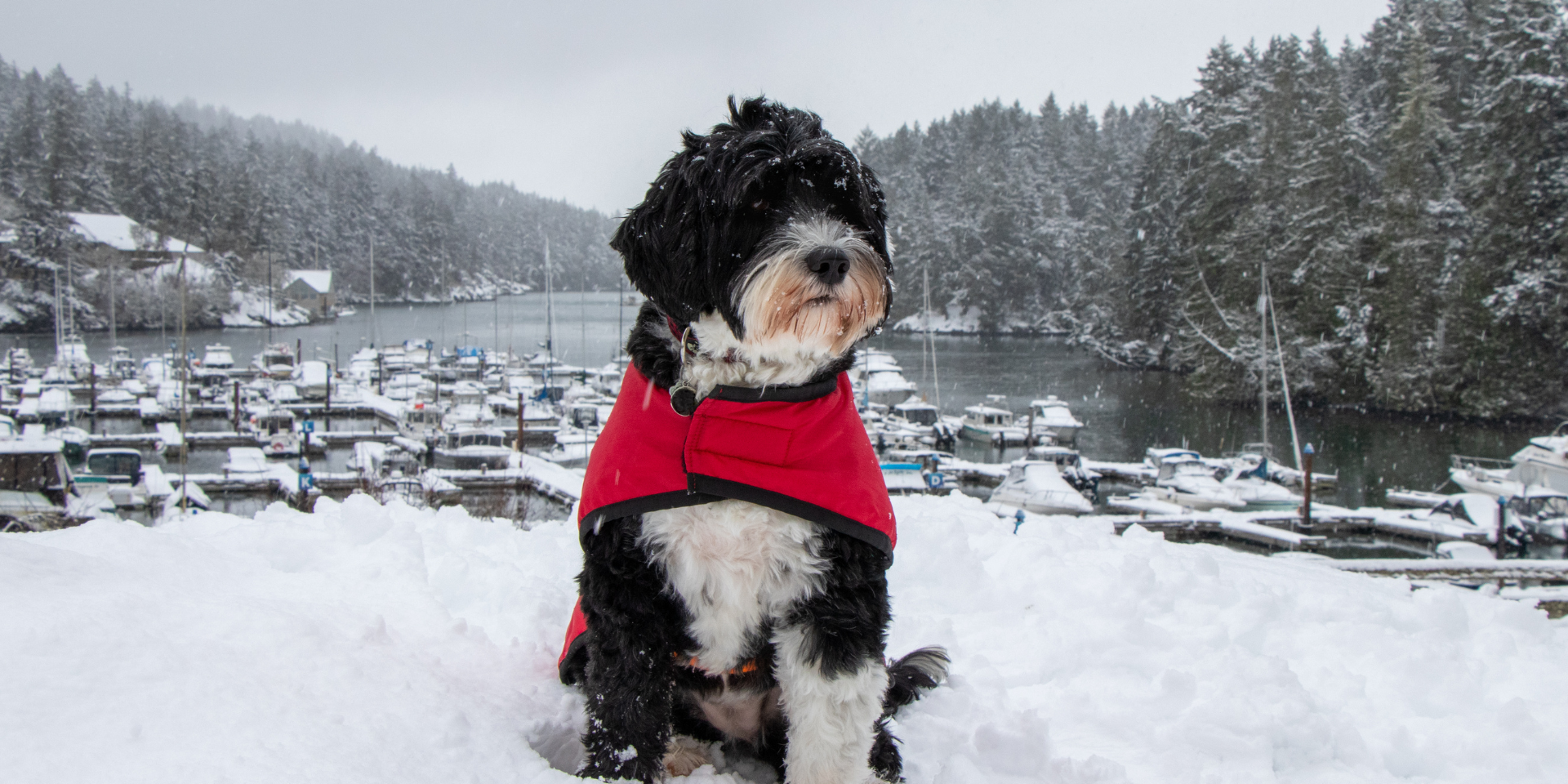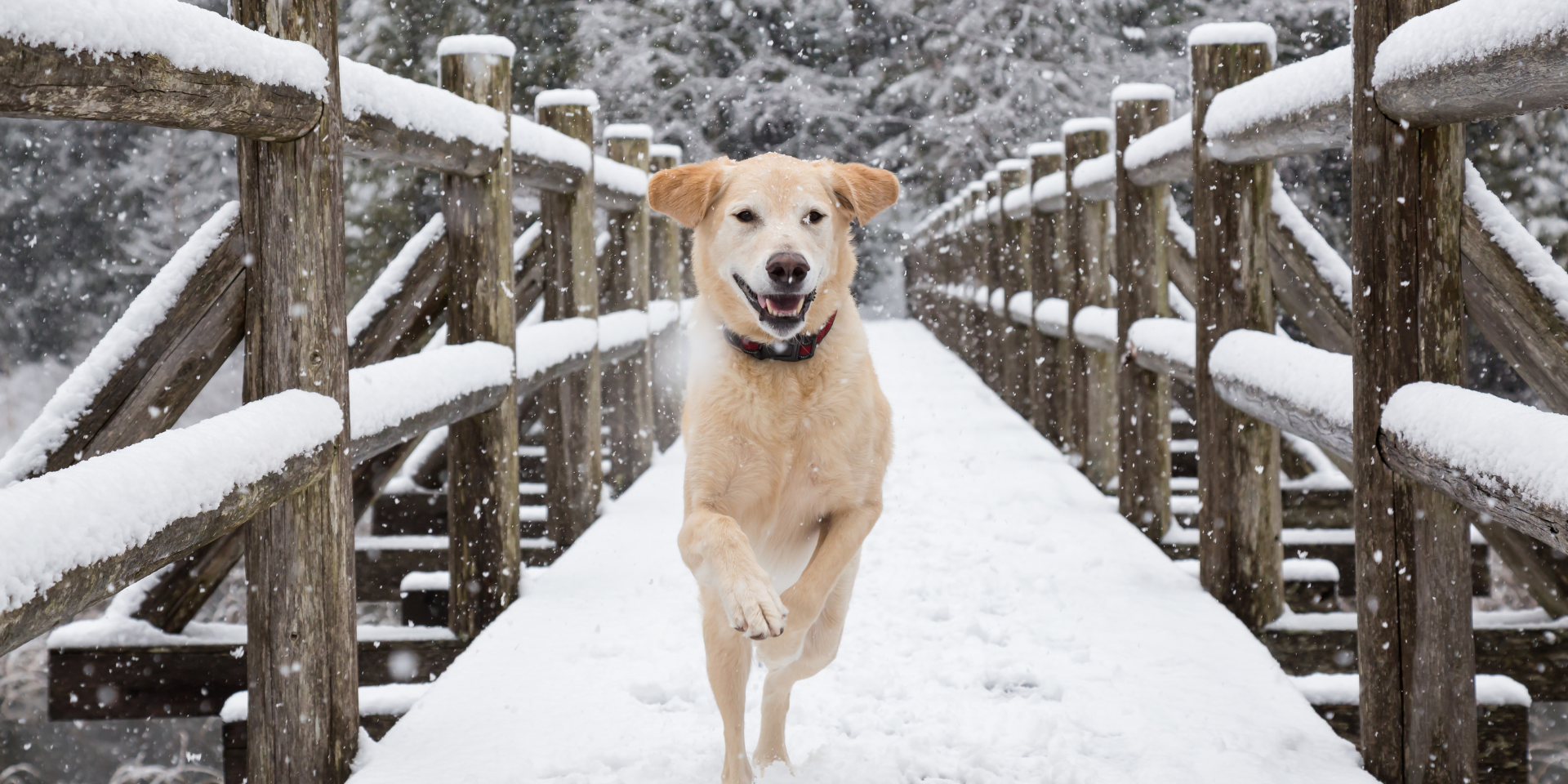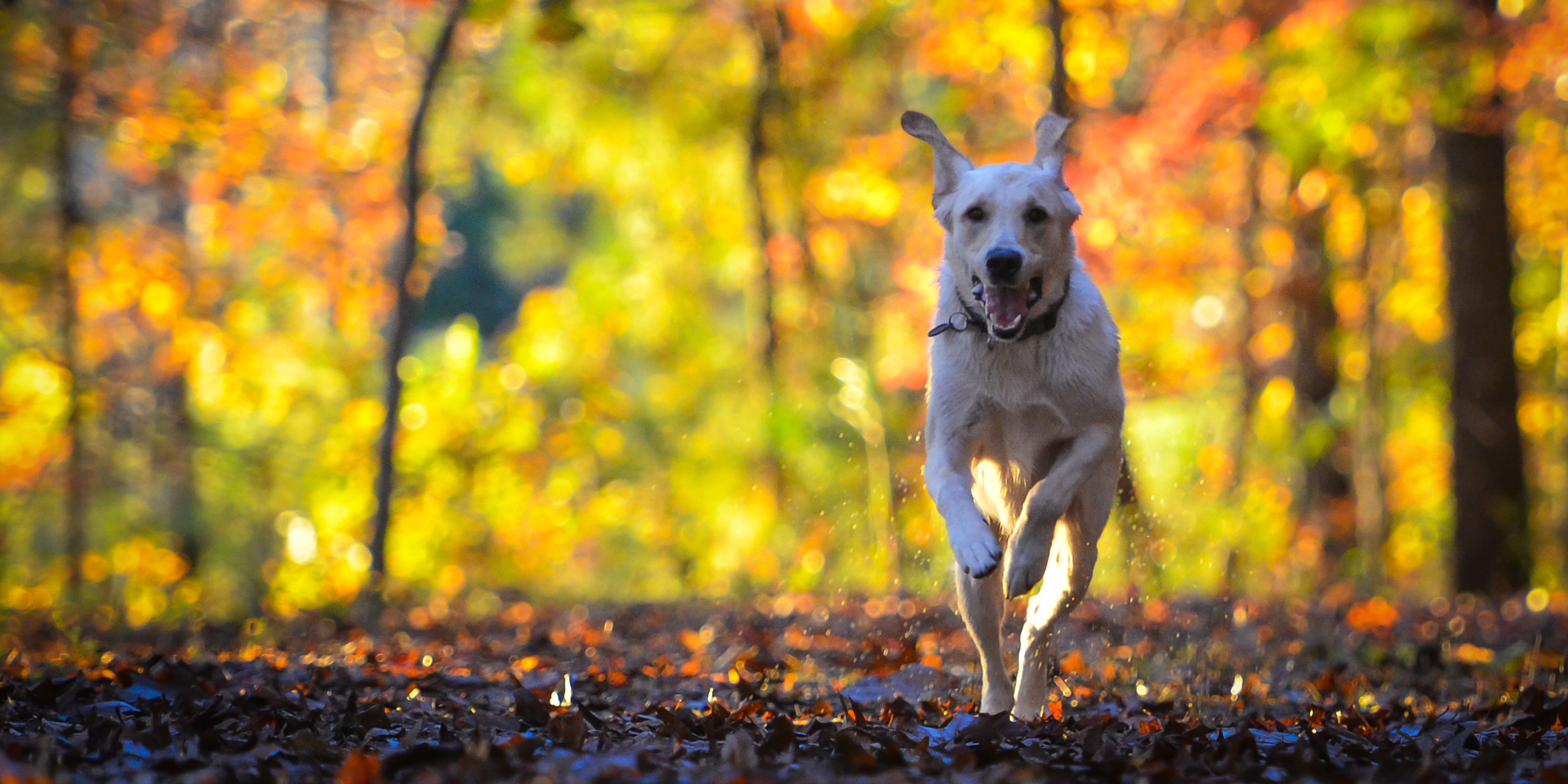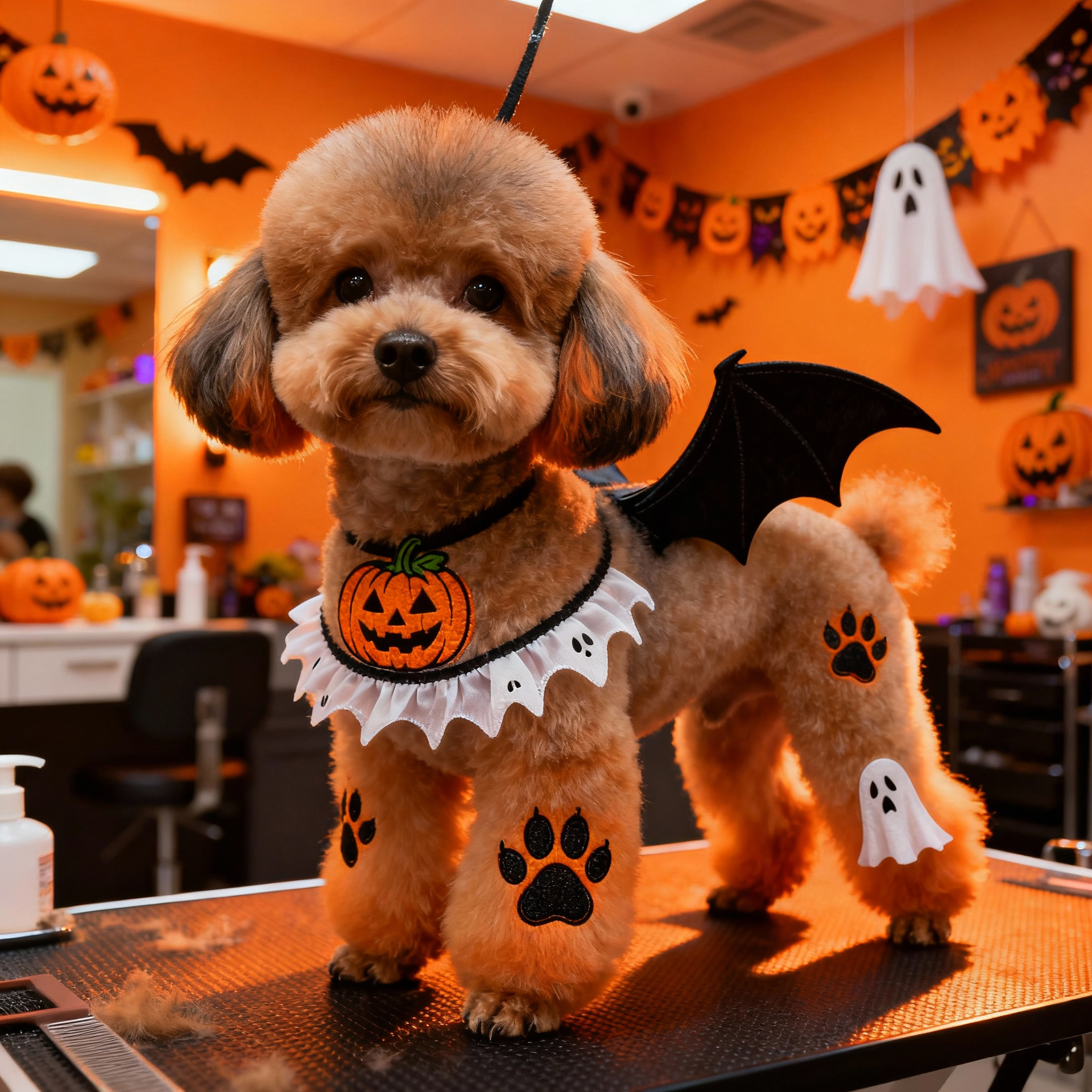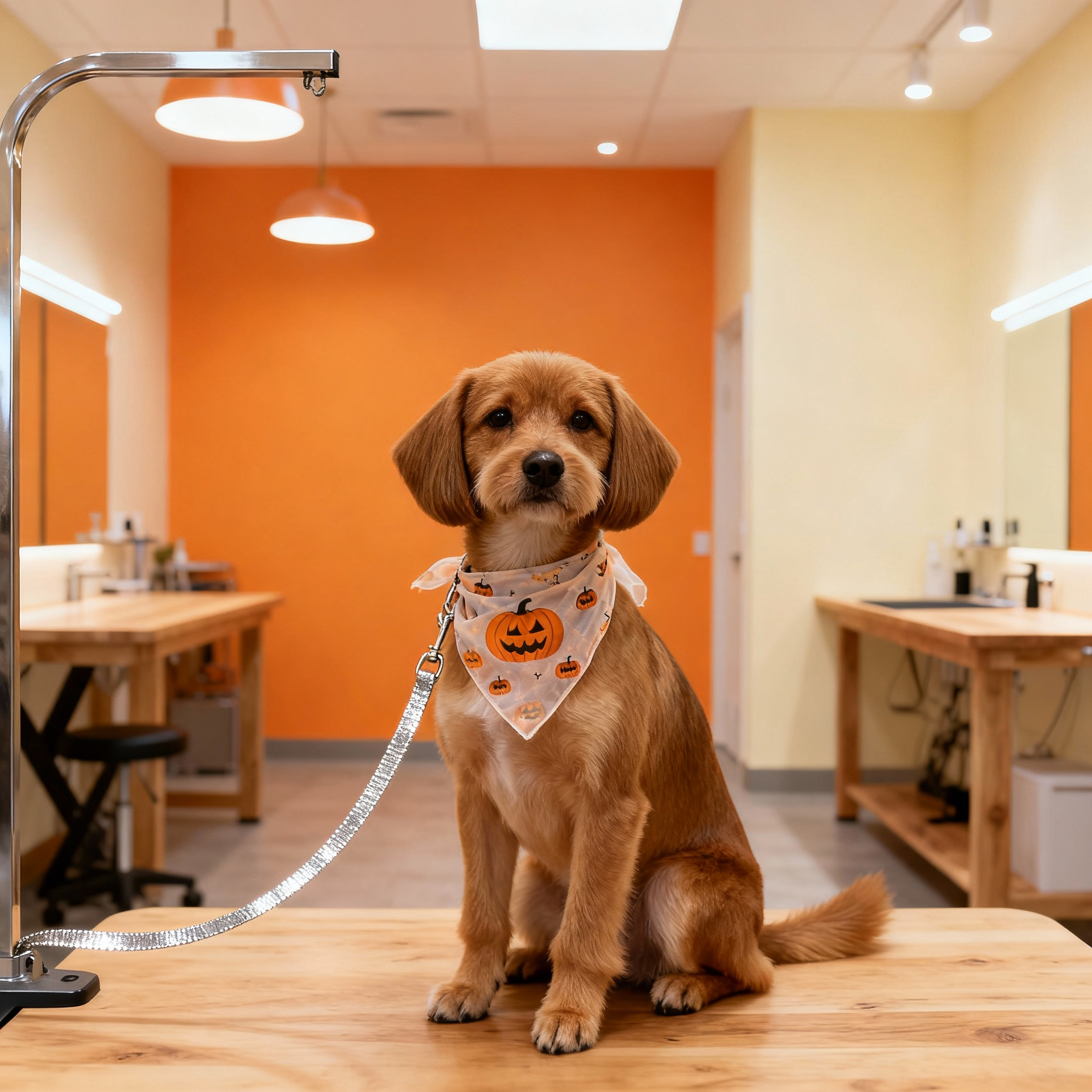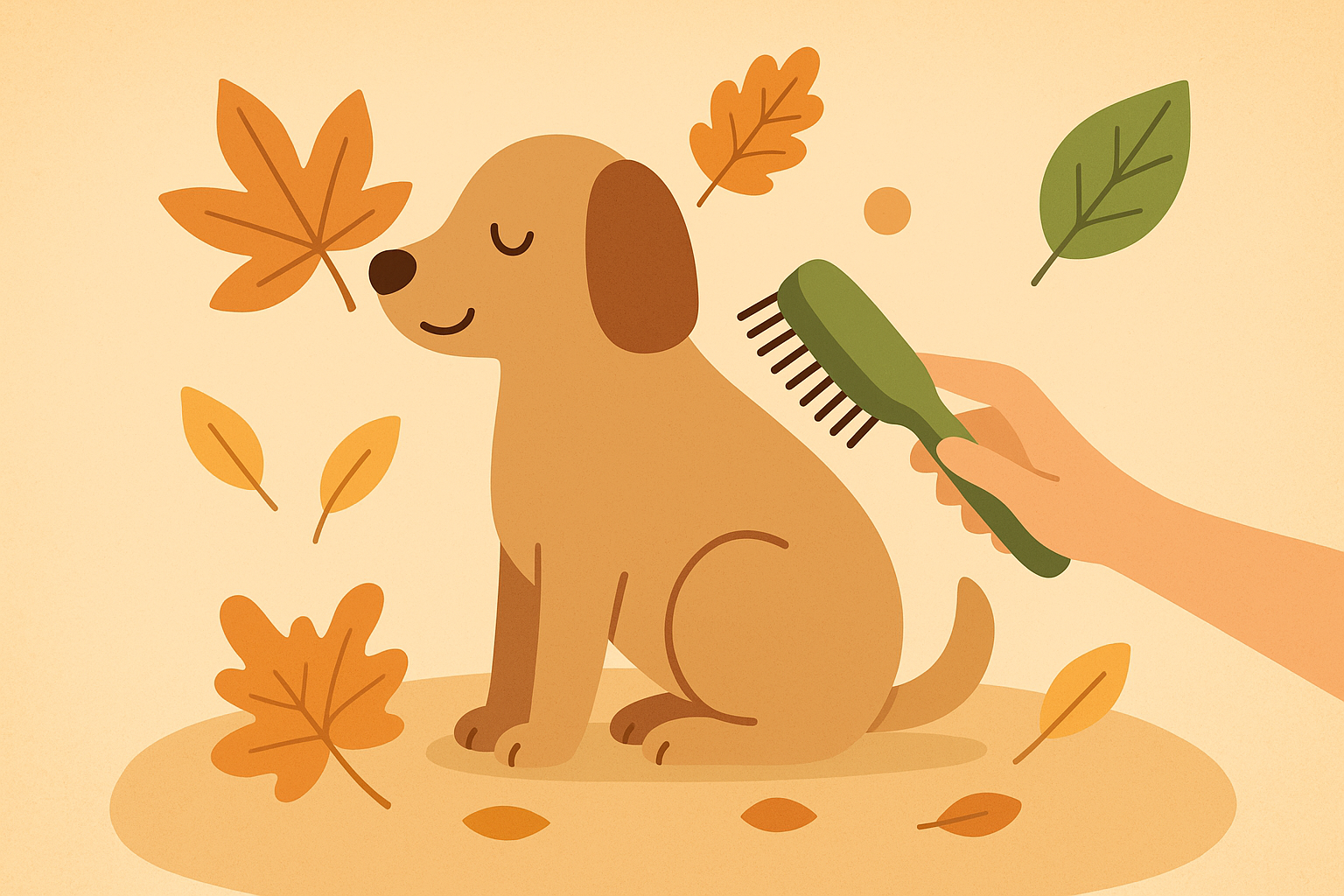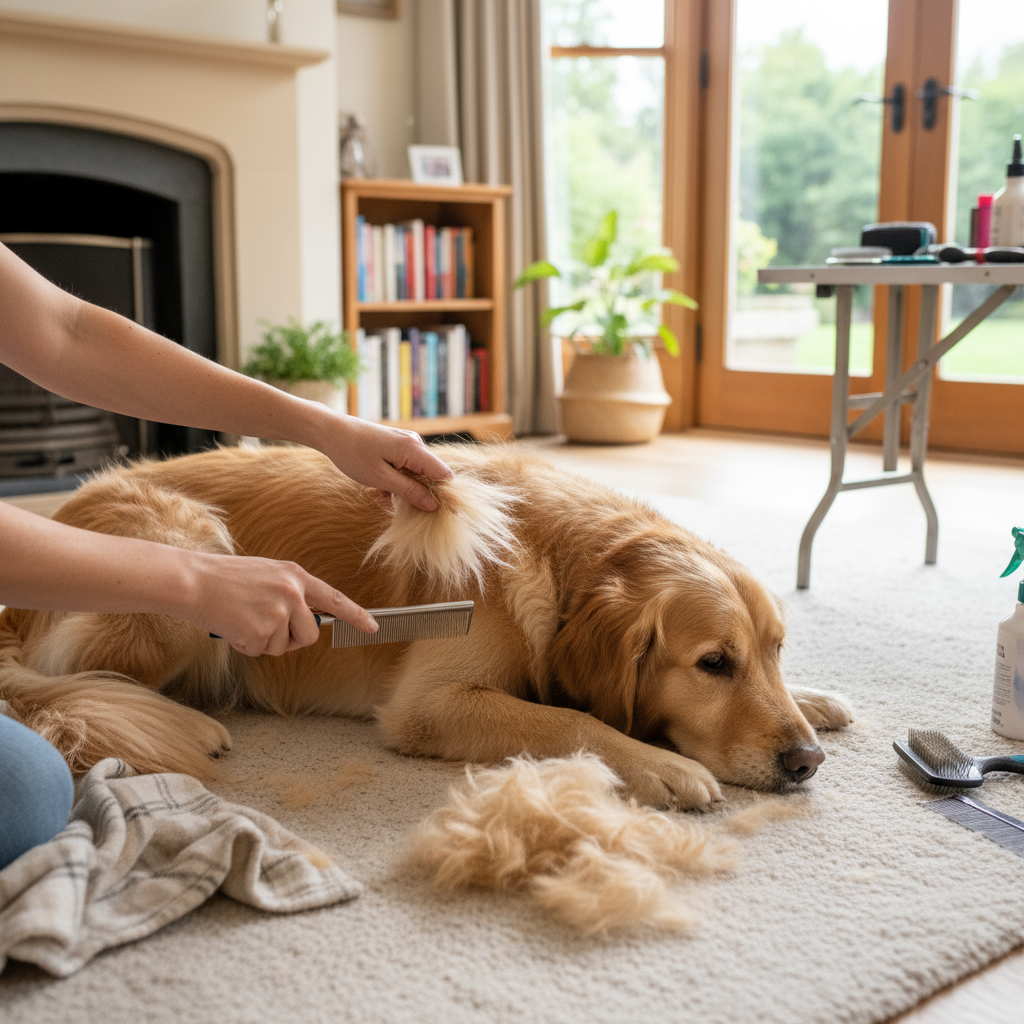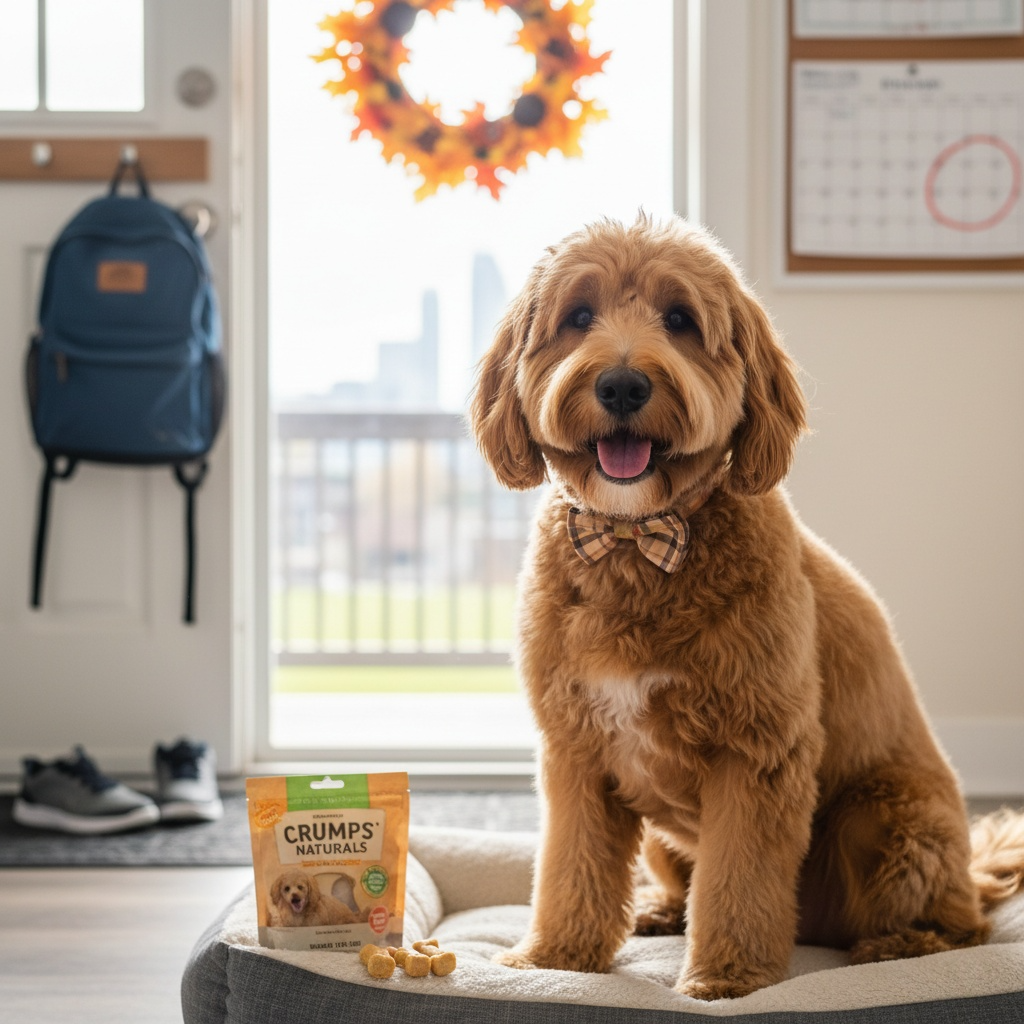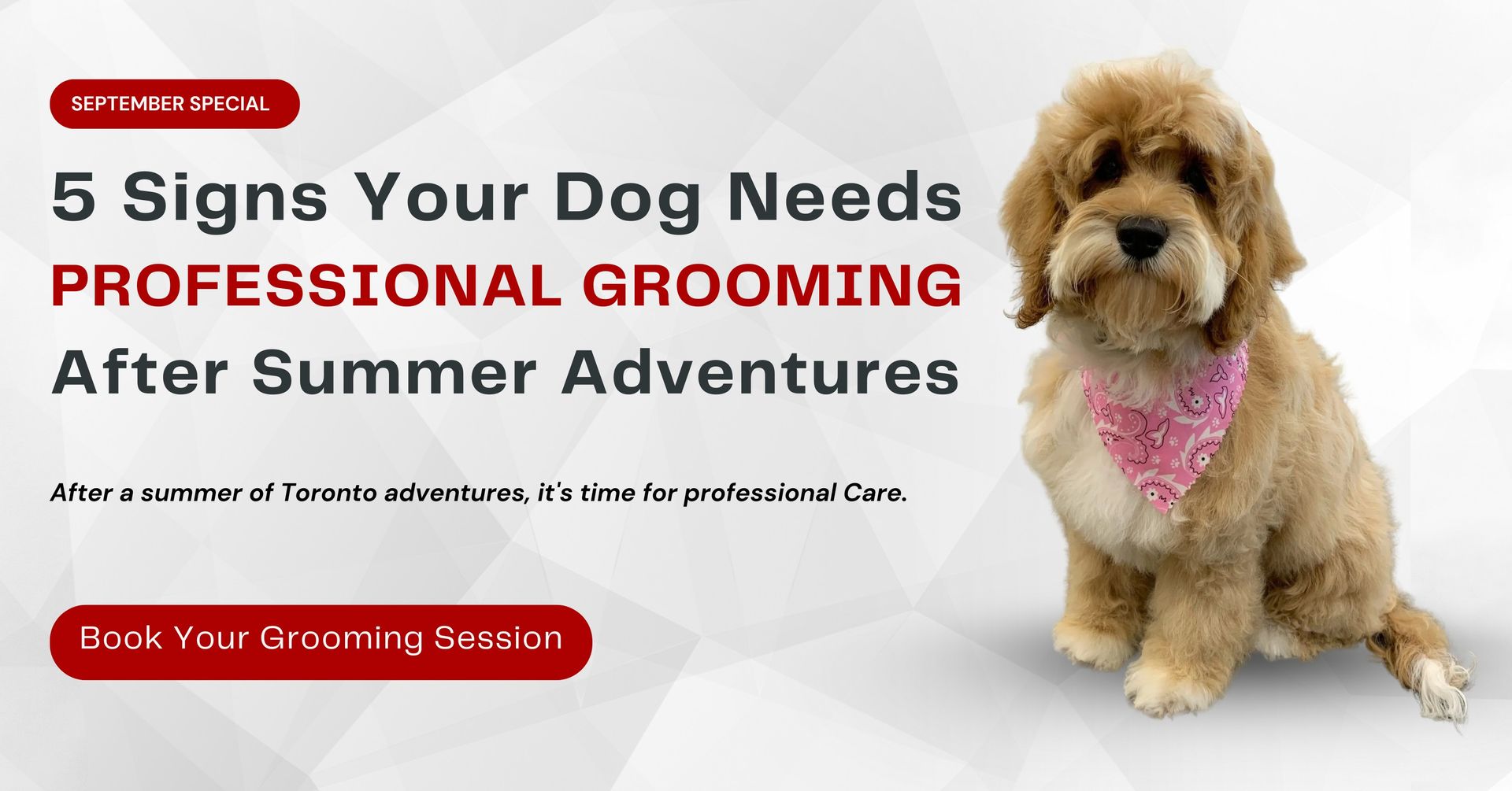Introducing the Best Dog Grooming in Toronto: Paws In Bath
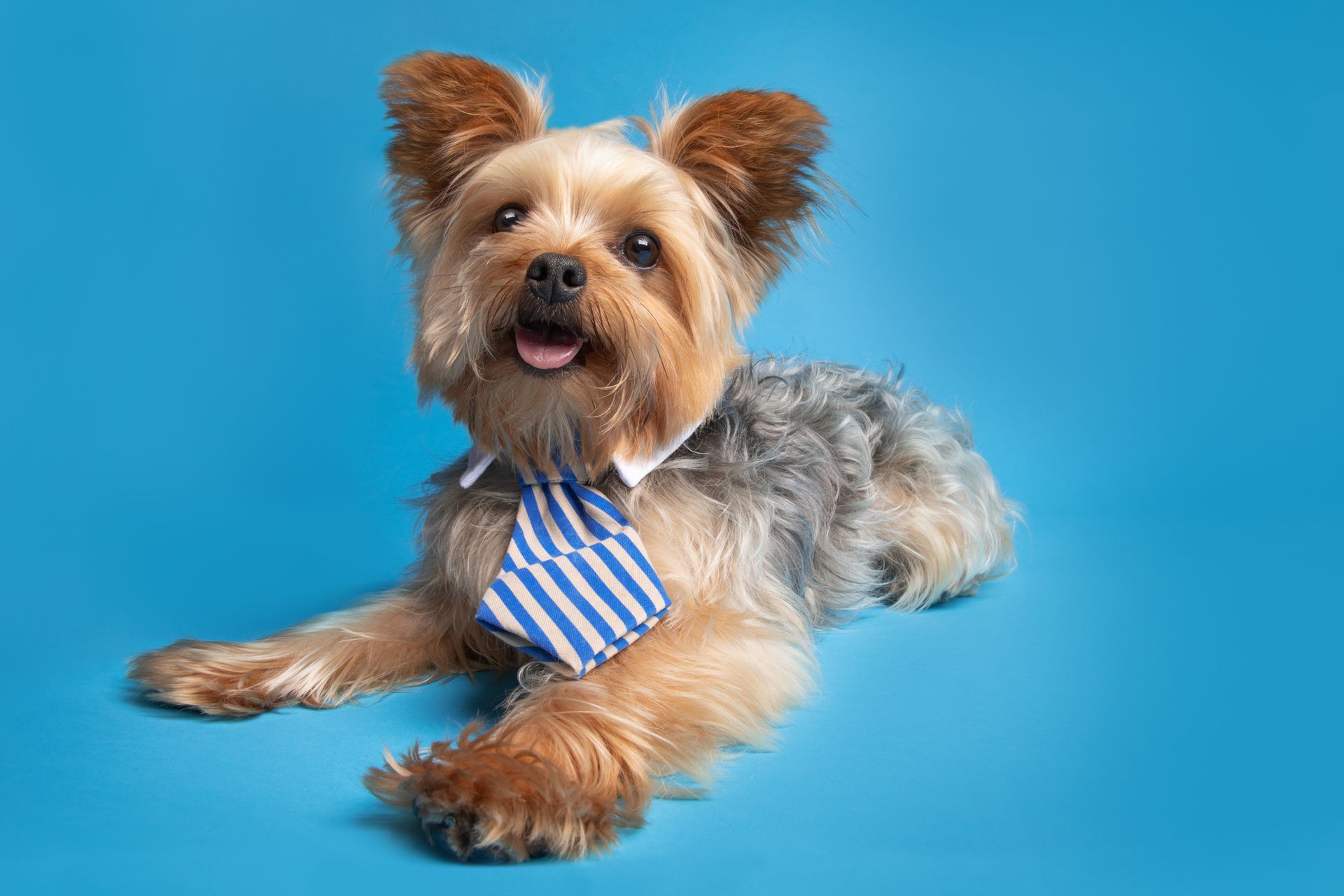
Welcome to Paws in the Bath, the ultimate destination for professional dog grooming in Toronto! We are dedicated to ensuring that your furry companions look and feel their best. Our expert grooming services aim to provide a stress-free and enjoyable experience for both you and your beloved pets.
Why Choose Paws in the Bath?
At Paws in the Bath, we understand that every dog is unique, and their grooming needs vary. That's why our team of experienced groomers is dedicated to providing personalized care tailored to your pet's specific requirements. Whether your dog needs a simple bath and brush or a full grooming session, we've got you covered.
Our Services
Bathing and Brushing: From hypoallergenic shampoos to luxurious conditioning treatments, we use only the finest products to ensure that your dog's coat is clean, shiny, and free from tangles.
Haircuts and Styling: Whether it's a breed-specific trim or a custom style of your choice, our skilled groomers have the expertise to create the perfect look for your furry friend.
Nail Trimming: Overgrown nails can cause discomfort and even lead to health issues. Trust our professionals to trim your dog's nails safely and efficiently.
Ear Cleaning: Proper ear hygiene is essential for preventing infections and discomfort. We'll gently clean your dog's ears to keep them healthy and happy.
Teeth Brushing: Dental health is an often overlooked aspect of pet care. Our teeth-brushing services help maintain your dog's oral hygiene and prevent dental problems.
Why Regular Grooming Matters
Regular grooming is about more than just appearances—it's essential for your dog's overall health and well-being. Here are a few reasons why grooming should be a priority:
Healthy Skin and Coat: Regular grooming helps remove dead hair and skin cells, preventing matting and reducing the risk of skin infections.
Improved Comfort: Dogs with long or dense coats can become uncomfortable and overheated, especially in warm weather. Keeping their coat trimmed and well-maintained can help them stay cool and comfortable.
Early Detection of Health Issues: During grooming sessions, our experienced groomers carefully examine your dog's skin, coat, ears, and other areas for any signs of potential health problems. Early detection can lead to prompt treatment and better outcomes.
Bonding Experience: Grooming sessions provide an excellent opportunity for bonding with your pet. It's a chance to show them love and attention while keeping them healthy and looking their best.
Book Your Appointment Today!
Ready to treat your furry friend to the pampering they deserve? Schedule an appointment with Paws in the Bath, your trusted dog groomers in Toronto! Visit our Locations page to book online or give us a call at 647-352-9339. Your pet will thank you for it!
